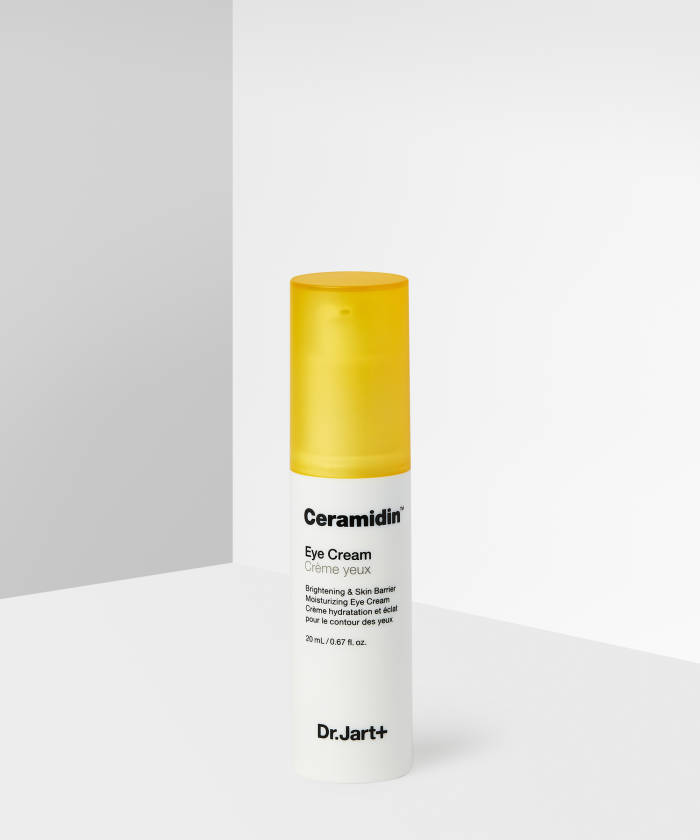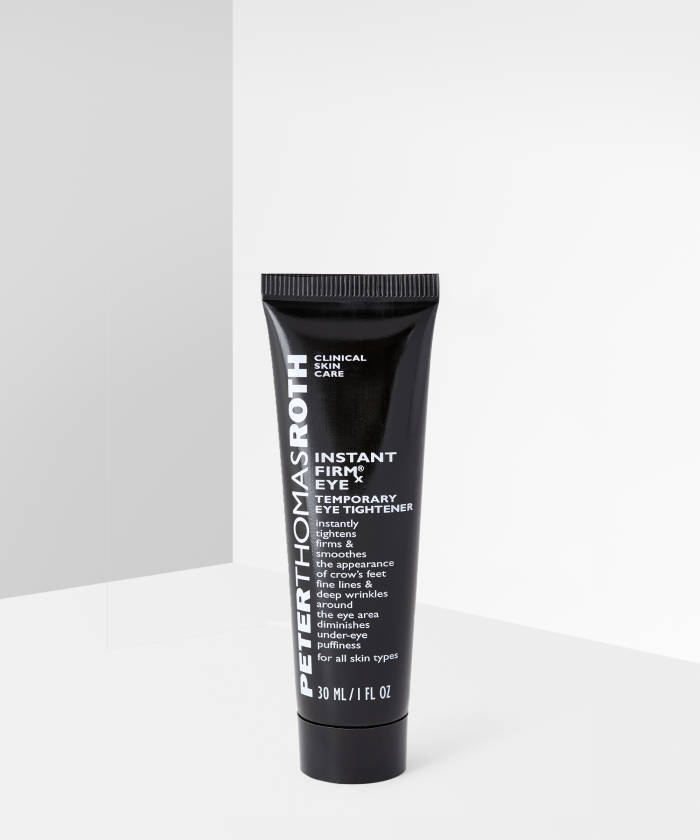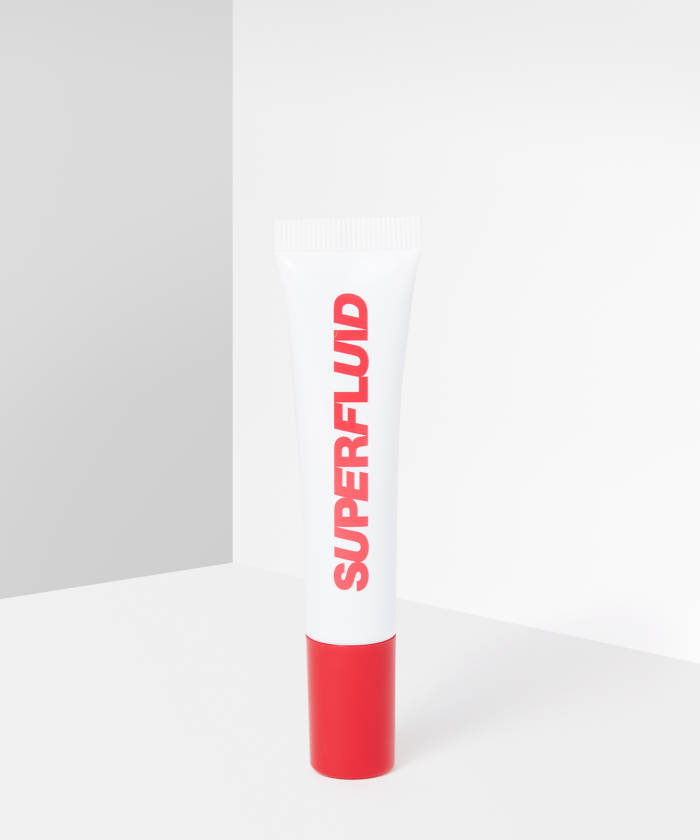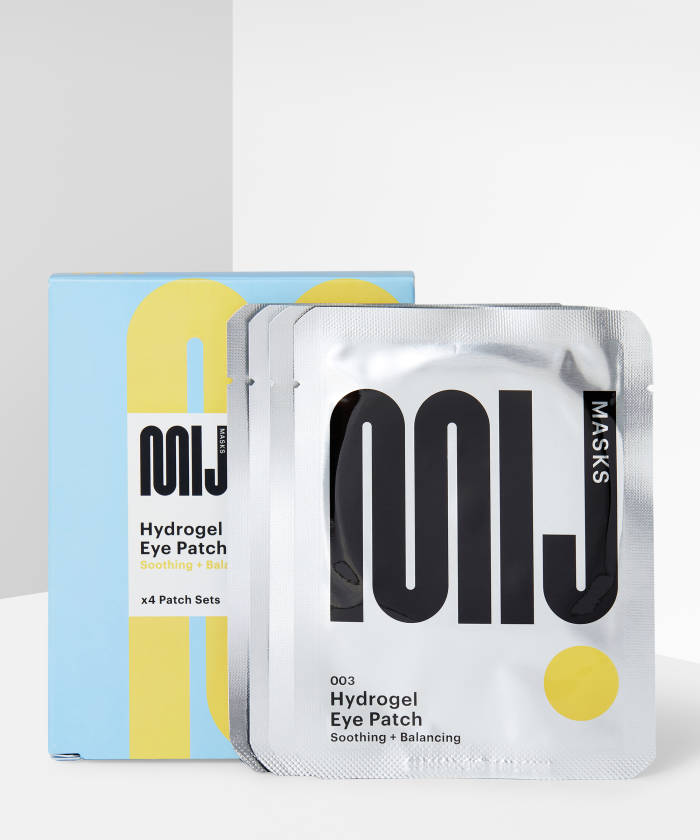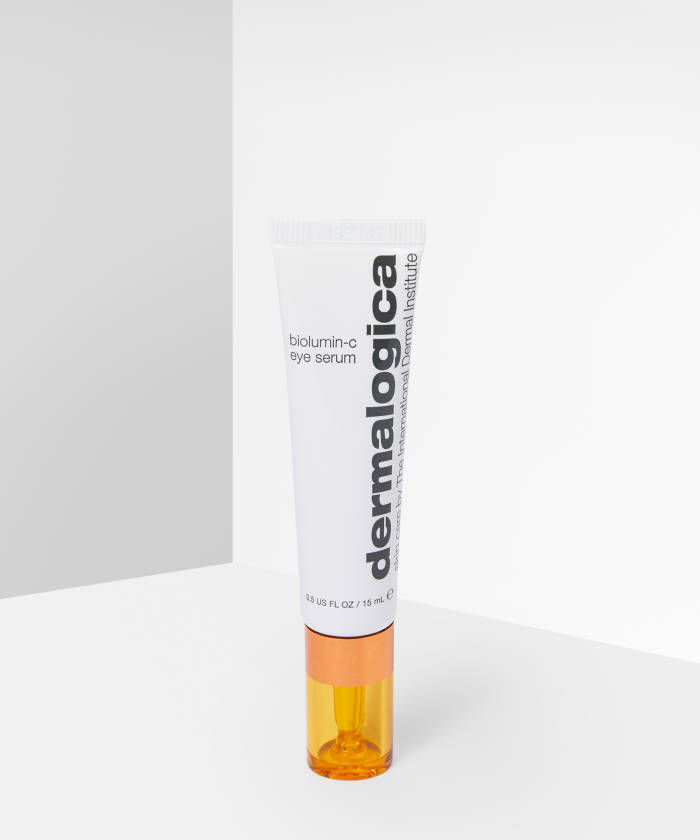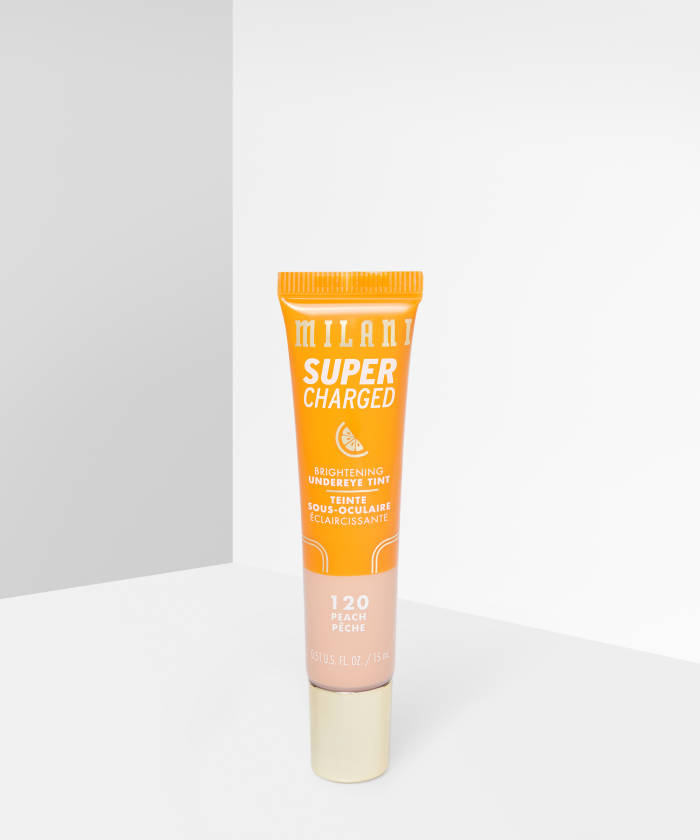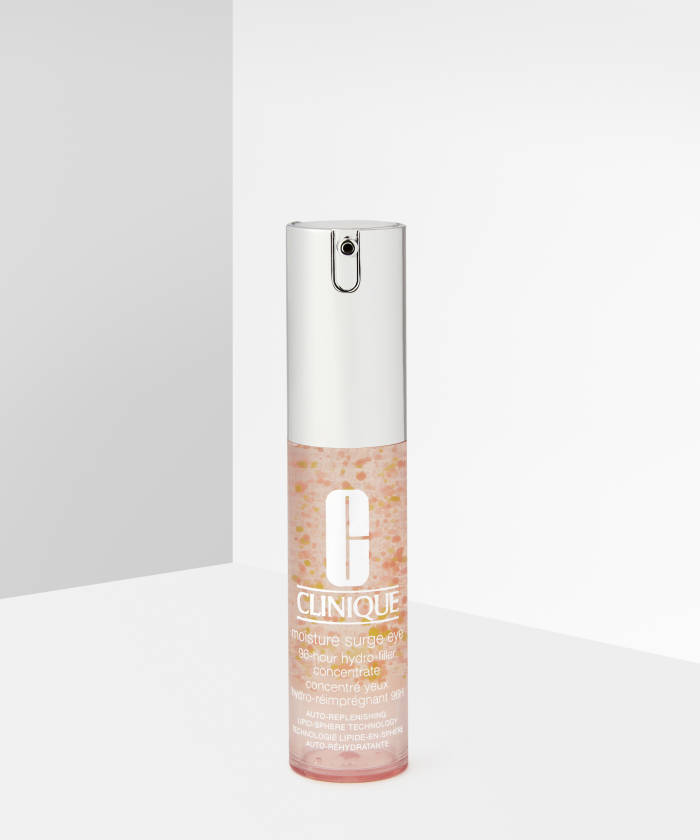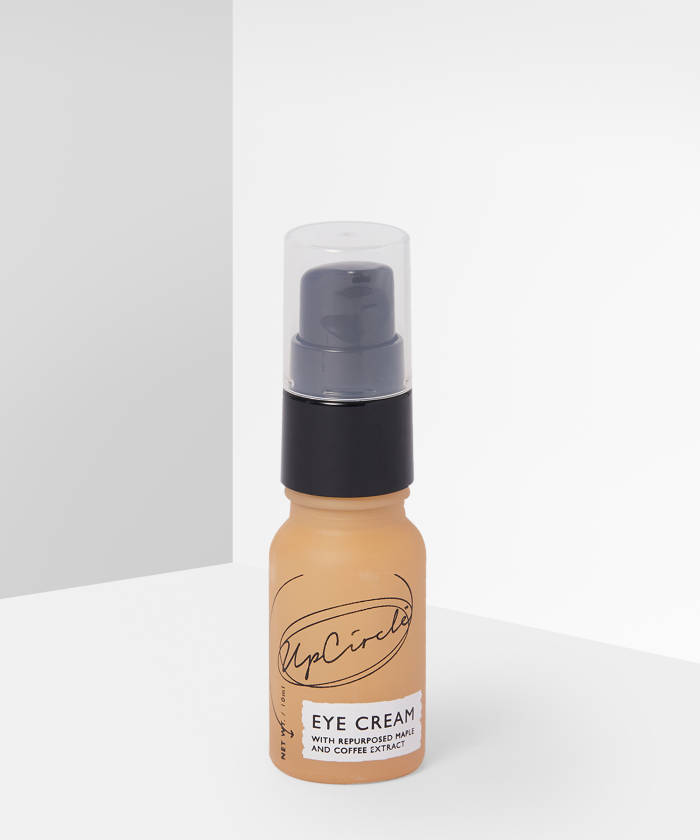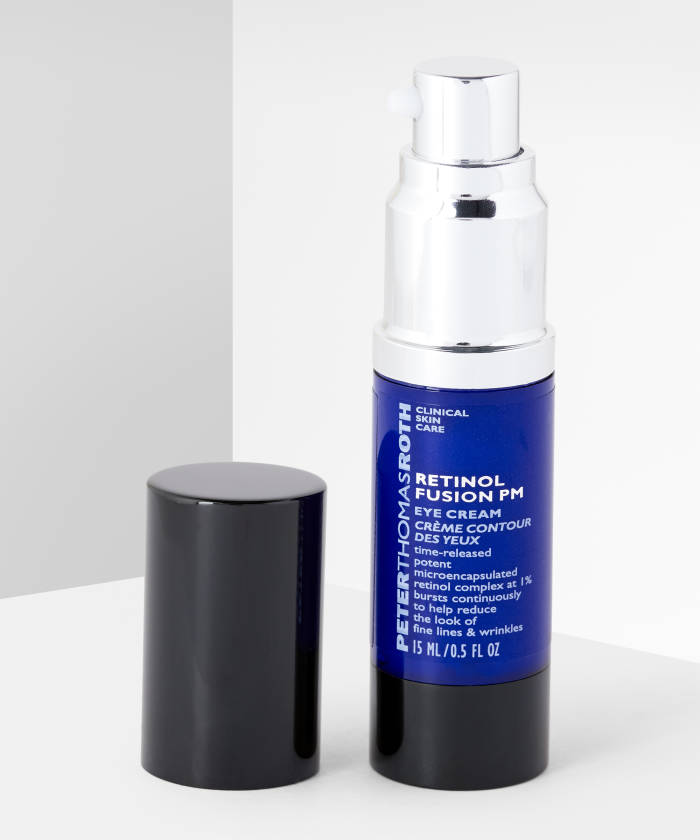Hi Grace,
I’m super confused about whether or not I should be using an eye cream. Some people say it’s essential, but others say they don’t work and you can just use moisturiser instead. I don’t want to waste money, but at the same time I have dry skin at the corners of my eyes that isn’t getting better.
Jamie
Here’s the thing, you don’t need an eye cream in the same way that you don’t need to double cleanse, apply multiple serums, and use face masks. But, just like all those other additional steps in your skincare routine that sit outside the basics (cleanser, moisturiser, SPF), there are benefits to having them. If you have specific eye-related concerns like dry skin, crow’s feet, puffiness, or dark circles, then a treatment specifically for that concern will benefit you in the same way that people with breakouts benefit from using spot treatments. If you don’t really have any major concerns with your eye area then it’s probably a step you can skip – unless you’re keen to use it as a preventative measure (more on that later). Basically, it’s down to you as an individual and your specific skin concerns and goals.
As for whether eye creams work, this is down to many factors, including the product you use and the concern you have. Not all eye creams are related equally, and I would urge you to choose one which addresses your main concern, rather than a one size fits all product. Treating puffiness requires a whole different set of ingredients to treating crow’s feet, for example. As for using moisturiser as an eye cream, this could work for dry skin (depending on its severity) but won’t make a difference when it comes to puffiness or dark circles. Below I’ve broken down the main eye-related skin concerns, which will hopefully help you figure out whether it’s a step you want to include.
Dry skin
The skin around our eyes is the thinnest and therefore most delicate skin on our faces. This means it’s prone to irritation and dryness, and is often the first place to show signs of sensitivity or dehydration. If you do see or feel dryness then you’ll benefit from using a moisturising eye cream with nourishing ingredients like ceramides and omegas.
Puffiness
Puffiness around or under the eyes is largely due to fluid retention – often triggered by poor sleep, dehydration, or a salty diet. Again, keeping yourself (and your eye area) hydrated will help to prevent puffiness. It’s also fairly easy to treat – cooling eye gels, masks, or even an ice roller can help to instantly take down puffiness as the cold slows blood flow to the area. Eye treatments with caffeine are also popular as caffeine helps to constrict blood vessels and relieve water retention.
Dark circles
This is the tough one. If you suspect the darkness is pigmentation (usually all around the eye area), then ensure you protect your eye area with SPF every day and use brightening ingredients like vitamin C. Dark circles which sit below the eyes however are typically genetic and are pretty much impossible to treat with products. Making sure you get plenty of sleep and are well hydrated can help, as will keeping the eye area hydrated – the thinner skin is, the more prominent dark circles will be, so plumping and hydrating ingredients are your best bet. But honestly, the best treatment for dark circles is a good concealer.
Fine lines
For the same reason that our eyes are the first place to show signs of dryness and dehydration on our faces, they’re also one of the first places where you’ll spot those early signs of aging, like fine lines and crow’s feet. Because the skin here is so thin, it creases easily, and the more the skin creases, the more defined the lines become. Keeping the eye area hydrated can help to prevent fine lines, but to target existing ones you’ll need an eye serum with antioxidant benefits. This will help to trigger collagen and elastin production, which can help to plump skin, therefore smoothing the appearance of lines and wrinkles.
Preventative
As we age, skin loses collagen and becomes thinner and dryer, which is why it becomes more prone to creasing and fine lines appear – especially in the eye area as it’s the area of the face with thinnest skin. For the same reason, skin feels looser and may appear to sag, and realistically, no product can help to lift skin. A lot of people who don’t necessarily have any of the above eye concerns will still use an eye cream in order to help prevent these early signs of aging from appearing. Choose an eye cream which hydrates skin and contains antioxidants like vitamin C or A, and remember to apply your SPF right around the eye area.
If you have a question for our resident beauty editor and esthetician Grace Day, tweet us at @beautybay using the hashtag #AskGrace for a chance to be featured.



